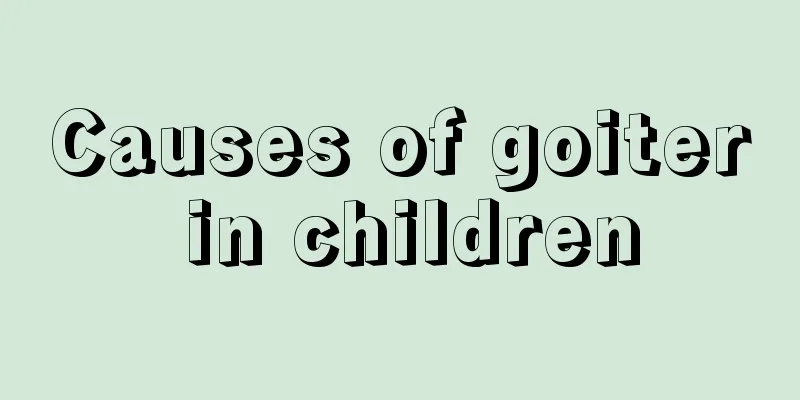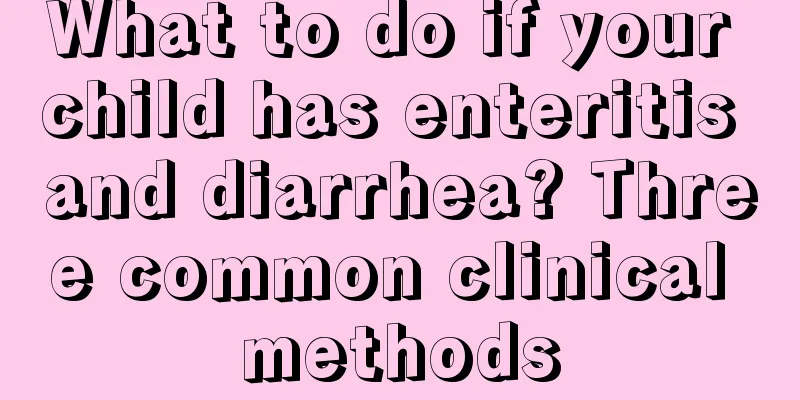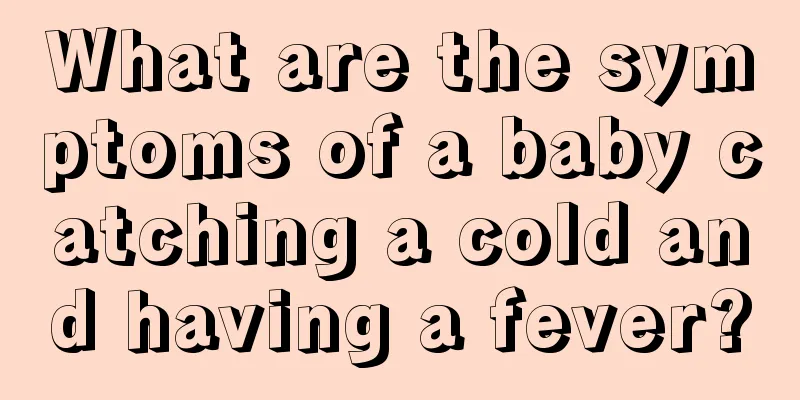What is tricuspid regurgitation in infants?

|
The heart is an important organ that maintains our normal daily life. However, in recent years, many people have had heart problems. This shows that there are certain errors in people’s lifestyles. Only by adjusting their lifestyles can some diseases in their bodies be improved. So what is the matter with tricuspid regurgitation in infants’ hearts? What are some good treatments? Let’s take a look together. Tricuspid regurgitation is generally caused by pulmonary hypertension, right ventricular enlargement, and tricuspid ring dilatation. Clinically, it is often manifested by the causes of tricuspid regurgitation (left heart failure, pulmonary hypertension, etc.). After the occurrence of tricuspid regurgitation, symptoms of right heart failure such as fatigue, ascites, edema, liver pain, indigestion, and poor appetite are aggravated. The pathophysiology of tricuspid regurgitation is the result of tricuspid regurgitation, that is, the systolic blood flow returns from the right ventricle to the right atrium, causing the right atrium to be highly enlarged, the pressure to increase, and the venous blood return to be obstructed. Due to the increased load on the right ventricle, it compensates and hypertrophies, making right heart failure more likely to occur. Clinical manifestations The signs and symptoms of tricuspid regurgitation are related to the degree of tricuspid regurgitation. Mild regurgitation is not easily detected clinically. More serious cases may cause fatigue, poor appetite, bloating and pain in the liver area, abdominal distension, and lower limb edema. Typical signs There is distended, pulsating jugular veins; an enlarged liver with a palpable pulsation; and a holosystolic blowing murmur at the fourth intercostal space on the left side of the sternum that increases with late inspiration (Carvallo sign). Classic signs may be absent in patients with severe tricuspid regurgitation. If the liver is sclerotic due to long-term congestion, it will no longer pulsate; when the right heart volume load reaches its limit, the murmur will no longer increase with inspiration, so the Carvallo sign can be negative. The radiograph showed right atrium and right ventricle hypertrophy, bulging of the right edge of the heart, and changes caused by other valvular diseases. The electrocardiogram shows atrial hypertrophy, tall and wide P waves; there is also right bundle branch block or right ventricular hypertrophy, and even myocardial strain. Atrial fibrillation is common. Echocardiography and Doppler examination: Cross-sectional ultrasound can detect the size of the tricuspid valve annulus and understand the thickening of the valve, which is helpful to distinguish between relative and organic lesions. When the tricuspid valve is regurgitant, ultrasound angiography can show microbubbles moving back and forth between the tricuspid valve; Doppler can directly monitor abnormal signals from the right ventricle to the right atrium and estimate the degree of reflux. Cardiac catheter examination showed a prominent V wave of the right atrial pressure waveform and a steepening of the Y descending branch, which was more obvious during inspiration. The right atrial pressure waveform is similar to the right ventricular pressure waveform, but with a smaller amplitude. This is called right ventricularized right atrial pressure and is a manifestation of severe tricuspid regurgitation. Cardiovascular angiography: Right ventriculography and right anterior oblique film photography can show tricuspid regurgitation and its degree. However, since the cardiac catheter crosses the tricuspid valve, there is a potential for false positives. The diagnosis of tricuspid regurgitation should include an understanding of the degree of regurgitation. Typical clinical signs are of certain value in diagnosing severe tricuspid regurgitation. In the past, right ventriculography was used as a means to diagnose suspicious cases and estimate the extent of regurgitation. In recent years, ultrasound and Doppler examinations have gradually replaced invasive examinations. By answering the question of what causes tricuspid regurgitation in infants, we can learn a lot about treating diseases. Of course, we can also see that many diseases are not as complicated as we imagined. As long as we actively receive treatment, we will be able to get better. The same is true for infants. |
<<: How does a baby's heart beat?
>>: Why is my baby vomiting, having a fever and having diarrhea?
Recommend
What should I do if my three-month-old baby loses his hair?
Some babies have experienced hair loss, which ser...
What are the physical cooling methods for children?
Children are most likely to have a fever. Once th...
How to treat right spermatic cord hydrocele in children?
Parents and friends are confused about how to cho...
How to prevent children from hunchback
In addition to the relatively rare genetic factor...
How many times a day is normal for a newborn baby to poop?
For many newborns, if they want to grow up health...
Relative treatment methods for red corners of baby's mouth
Nowadays, families are only allowed to have one c...
What's the matter with the blue veins on the baby's nose?
Both adults and children may encounter the proble...
What should I do if my child hits his chin and has a protrusion on the bone?
Because children are naturally active, it is inev...
What causes convulsions?
Tourette syndrome is a chronic mental disorder th...
Why do children have repeated high fevers?
Children are the apple of every parent's eye ...
What to do if a 3-year-old child grinds his teeth while sleeping
For most people, teeth grinding is just a very co...
How to treat nasal polyps in children, Chinese medicine
Nowadays, due to the deterioration of the environ...
Commonly used drugs in pediatrics
Pediatrics is a department that treats various pe...
Does my child have ADHD if he can’t sit still?
Children under the age of six are the most restle...
How to make your baby love eating
I believe that many mothers always have a headach...









